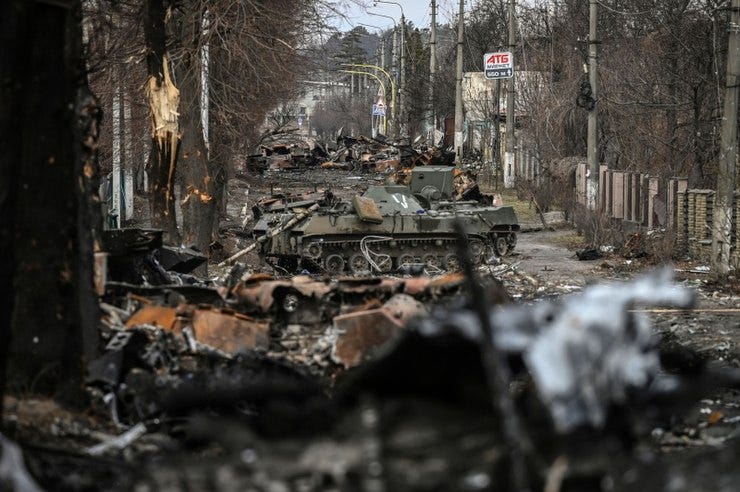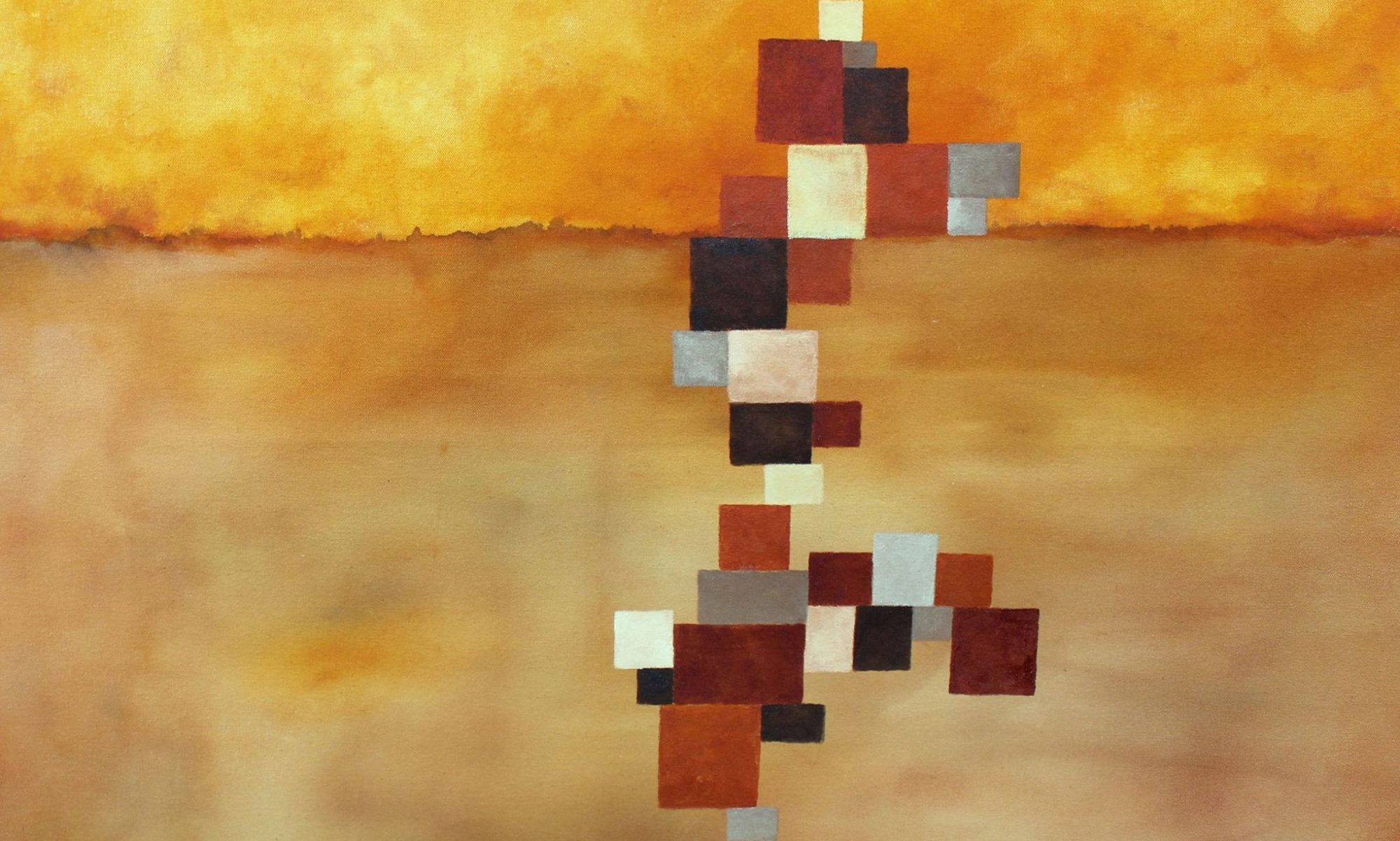“There is no peace without justice.” Serhiy Zhadan
On October 23, 2022, Ukrainian poet Serhiy Zhadan was awarded the Peace Prize of the German Book Trade (Börsenverein des Deutschen Buchhandels). This prestigious award has been given since 1950 to individuals who have made significant contributions to peace and to those who have fostered understanding among different people groups. What follows are my reflections on Zhadan’s acceptance speech, which is resonant with philosophical, poetic, ethical, and political themes well worth lingering with—and especially so in this dark time of war.

After sharing a grim story about a how volunteer in Kharkiv had to obtain a refrigerator truck to collect human bodies that had been lying on the ground for over a month, Zhadan asks a profoundly philosophical question and then responds with an equally profound—not to mention existentially and phenomenologically rich—answer. “What does war change first? One’s sense of time, one’s sense of space. The outline of one’s perspective, the outline of temporal progression changes very quickly.” When you live in a time of active war, your present-time and present-space is so overwhelming present, that the future is occluded. The closest one gets to the future is perhaps tomorrow. As Zhadan explains, “What’s happening to you here and now is all that matters, just the people and things that will be with you tomorrow morning—tops.” However, that presumes that your flat, or wherever you happen to be sleeping that night, isn’t bombed. Surviving, “staying alive and pushing forward another twelve hours or so is the most important task at hand.” Hegel’s “here and now,” which is so quickly subsumed in this dialectic, knows nothing of the existential experience of time and space in a time of war, where “here and now” means I am alive for another hour or another five minutes, and this place, this space, this concrete wall is literally a shield protecting me from exploding missiles and razor-sharp shrapnel shards that will either kill me or rip through my body as easily as a knife cuts through butter—but the this “here” in view is my body and perhaps my blood.
If you survive the night, you awaken with a sense of what is most urgent. That is, in a time of war, you don’t waste time; rather, you welcome time as a gift—whether you are given one more day, morning, or hour, you grasp with everything that you are that whatever time you have must be lived well. Zhadan discloses an experience of time that doesn’t quite fit into phenomenological descriptions of time that one finds in the hermeneutical tradition—namely, “empty” and “fulfilled” time. Instead, war-time seems to involve elements of both but in an intensified, oversaturated way.
Let me explain. In his reflections on our experience of an artwork Hans-Georg Gadamer describes what he calls “empty time” and “fulfilled” or “autonomous time.” (cf. “The Relevance of the Beautiful”; hereafter, RB). Empty time is measurable; it’s the time we experience in our everyday life when, for instance, we are frenzied and can’t seem to find enough time. Here time is experienced as scarce; we create our hour-by-hour daily schedule, but time always shows up as deficient, lacking, never enough. Yet, we also experience time as empty when we are bored and have a surfeit of time. In both cases, time is perceived as something to be filled, calculated, used, or spent. In contrast, Gadamer describes fulfilled or autonomous time as an entirely different experience of time that is “profoundly related to the kind of time characteristic of both the festival and the work of art” (RB, 42). Fulfilled or autonomous time arrives at the proper time, drawing us into its rhythm. Anyone who has genuinely participated in a religious festival or communal musical celebration understands this transformation of empty time into festival time. There is a certain rhythm to a festival, which often unfolds through specific shared rituals, customs, and activities. As we participate in the festival activities, we become so engrossed that it is as if time stood still or took flight. Such festival celebrations are experienced as integral wholes; there is a clear beginning, middle, and end, and all of the parts are organically related and comprise a whole. To illustrate these aspects of “autonomous” time having its own time, Gadamer highlights the stages of human life. For example, he writes: “childhood, youth, maturity, old age, and death are all basic forms of such autonomous time. We do not calculate here, nor do we simply add up a gradual sequence of empty moments to arrive at a totality of time. The continuity of the uniform temporal flow that we can observe and measure by the clock tells us nothing about youth or age” (RB, 42). In contrast with the predictable, monotonous ticking away of clock time, our experience of the arrival of the various stages of human life comes upon us and often rather unexpectedly. “Suddenly we become aware that someone has aged or that someone is ‘no longer a child.’ Here we recognize that everyone has his own time, his autonomous temporality” (RB, 42).
Just as life has its own rhythm, so too with the work of art. Gadamer observes the “close proximity” of life and art in that both display an internal unity or structure. In other words, like the organic unity of a living being, the elements composing a work of art are intimately and internally related; they form an integral whole in which each part has its proper place, and the composition as a whole has its own appropriate rhythm or unfolding. Both the living organism and the artwork are characterized by an “internally structured unity” and both display “autonomous temporality” [Eigenzeit] (RB, 43). Of course, a musical composition offers a clear example of the artwork’s autonomous time. Composers often include tempo markers on their scores, instructing the performer to play certain sections rapidly, adagio, or legato. However, these markings are not simply the decision of the composer; rather, the composer has tarried with the piece and has attuned herself to the proper unfolding of the piece. Both performers of the pieces and engaged listeners, must also “find the right time as it is demanded by the work. . . . The correct tempo can never really be quantified or calculated” (RB, 43).
In sum, tarrying [verweilen] speaks of the engaged participant’s temporal comportment with an artwork. Such a comportment requires an active attunement to the artwork in which one is ec-statically present—that is, “fully there” with the other—anticipating the artwork’s “coming forth.” [By “ec-static,” I have in mind the hermeneutical understanding of the term which originates from the Greek, ek-stasis, which means literally, “to stand out.” In this context, it means a kind of self-forgetting owing to one’s attunement to the other; a displacement or being beyond oneself.] The artwork’s coming forth happens when it “comes to stand” and “the while” [die Weile] opens, suspending our ordinary experience of time such that it is existentially and phenomenologically experienced as a timelessness-within-time and thus as fulfilled time. Here it is as if time stands still.
Returning to Zhadan’s reflections on war-time, I highlight certain differences between it and Gadamer’s notions of empty and fulfilled time. In the experience of war-time, you are also “fully there” and engrossed in your present activities. However, when drones strike and one’s home is shelled, being attuned to and fully there with what is unfolding around you is at the same time to have a heightened awareness of yourself as an embodied self, a flesh-and-blood human being, who is fragile, vulnerable, and mortal. In other words, you are both fully there and fully cognizant of the fact that what might happen next can annihilate you—that is, kill you, violently steal your life in an instant—an Augenblick in a double-sense: a moment of vision in which you are acutely aware that the next moment could be the last. The Augenblick of insight and death.
In war-time, time is so out of joint that empty time and fulfilled time are conflated and both are intensified, oversaturated. For example, a civilian in a war zone counts seconds between the sound of explosions in order to determine what kind of weapon was being used—e.g., a mortar or a howitzer—and thus how to respond. This is in fact what civilians in Eastern Ukraine have been instructed to do—it’s one of many survival tips. Along similar lines, a first responder counts the seconds after an initial explosion and tries to gauge how many minutes remain before the second strike occurs. (This is a brutal and criminal tactic called a “double-tap” strike that the Russian forces used in Syria and currently deploys in Ukraine.) In such cases, time is experienced as both measurable and oversaturated—the very next second could be the last; time is felt at the same time as disorientingly fast and as if “time-less.”
Like autonomous or fulfilled time, war-time has its own time, but it has no “proper time.” War-time is time-out-of-joint in the most extreme sense; what occurs in war-time should never be experienced by any living being—human or otherwise. What unfolds within war-time has its own time but to call it “proper,” “appropriate,” “fitting” does violence to the very fabric of our existence; war-time strangles the excess of life, inhibits the free back-and-forth movement of creative play that characterizes human and non-human animal life. When you live in war-time, its reality is always there; you have moments when you can repress it; but it is always there, always present, even when the bombs are temporarily absent. If you want to survive, a certain degree of being “fully there” is necessary—that is, attunement in a time of war is a matter of survival. Even when you are fully there and attuned to the movements, activities, and erratic pulse of war, its “parts” are not experienced as an integral or meaningful whole. Instead, its “parts”—the random shelling, shooting, and murder of civilians and targeting of non-military objects such as people’s homes, hospitals, schools, children’s playgrounds, queues of people waiting for bread, using rape as a “military strategy”—all of these crimes and atrocities are unintelligible; they are sense-less; they are “parts” that utterly lack integrity; they will never form a meaningful whole and yet they must be prosecuted; justice must be served. The whole, if we can call it that, appears as fragmented, but what has been experienced, what survivors bear witness to—these parts, that make up this fragmented, disjointed “whole”—must be spoken about; this speech, this witness, this testimony of what has happened in war-time plays a vital role in justice being served and genuine peace returning to Ukraine.
“There is no peace without justice.” Serhiy Zhadan
